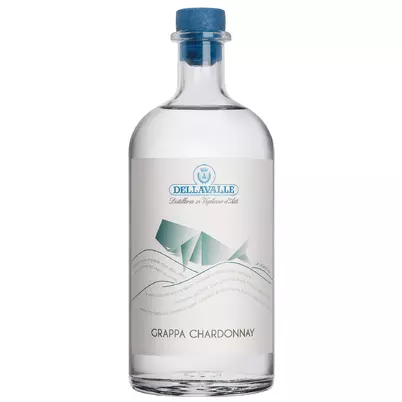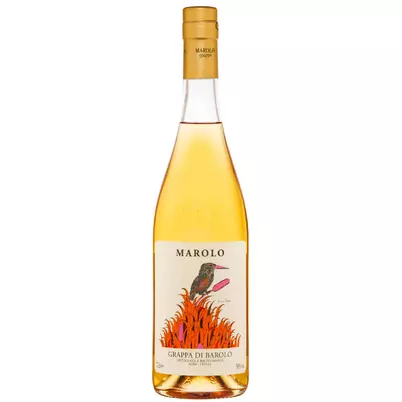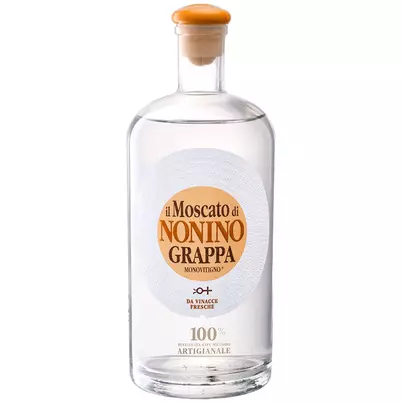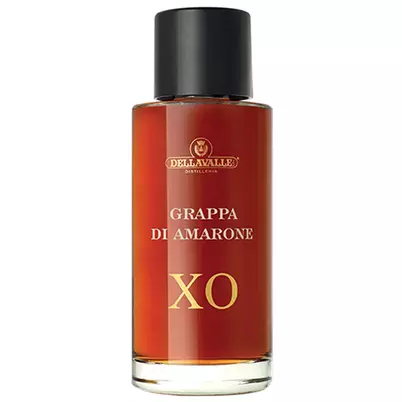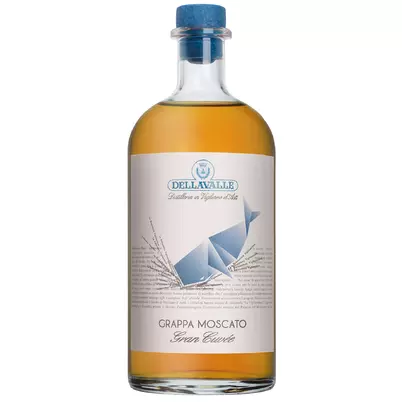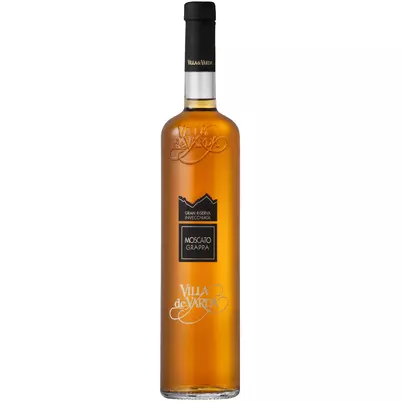This Tasting Contains 6 tubes of the following Grappas:
Villa Isa - Chardonnay
Piedmont
The white Chardonnay grape grows all over the world. This is why it has become a popular white wine. In Piedmont, a fruity and sturdy Chardonnay is made. The Grappa that is made from it is therefore a very popular one. A few days or weeks after the pulp goes to the distillery after pressing, the produced alcohol is steamed from the pulp. Afterwards, Grappa is made from it. The Chardonnay Grappa is fresh and characterized by a light apple acidity. A fine Grappa after a solid meal.
Marolo di Barolo
Piedmont
In 1977 the Santoa Teresa distillery was founded in the city of Alba in the Piedmont region in the far north-west of Italy and ranks among the world's best wine regions. Here Paolo Marolo creates this elegant grappa variations. As a result, he is considered one of the most successful distillers. This grappa has matured 4 years in acacia wood barrels and is made according to the traditional process.
Nonino - Moscato
Friuli
In 1897 Orazio Nonino establishes his own distillery in Ronchi di Pavia. In 1933 the distillery moves from Ronchi to Percoto. Here, the Noninos introduce their “Aquavitae Optima”; a test which would lead to the creation of Monovitigno (single variety) Grappa. This grappa is distilled from the pulp of the Moscat grape immediately after pressing and fermentation. In order to guarantee the best quality of the distillates, Nonino only produces during the wine harvest.
Dellavalle - Amarone XO
Piedmont
Grappa producers are increasingly starting to release much older Grappa. Slowly but surely something like a premium range is emerging. Roberto Dellavalle, who opened his distillery near Asti (Piemonte) in 1983, has been doing this for some time; he likes to bring quality to the market. This Amarone Grappa has matured for 36 months on huge oak barrels. After that, the Grappa was matured for another 36 months on small barrels, in which Amarone wine was aged. The colour of this Grappa comes mainly from the last maturation. The Amarone is powerful, fruity and has soft wood notes.
Dellavalle - Moscato Gran Cuvée
Piedmont
When Oenologist Roberto Dellavalle opened the Villa Isa distilleria in 1983 near Asti (Piemonte), he had extensive experience in making Grappa and wine. His idea was to make Grappa of the separate grapes; the so-called Monovitigno Grappa. For example, he uses the Moscato grape pulp. The Muscat (Moscato) grape is a somewhat sweeter white grape. That can be tasted well in this grappa. Soft, accessible and fruity. With a well-made Grappa, the wine is definitely recognizable.
Villa de Varda - Moscato Riserva
Trentino
The town of Asti (Piemonte) has become famous for its Moscato d'Asti, a slightly sparkling sweet white wine. Roberto Dellavalle likes to make Grappa out of it. The Muscat (Moscato) grape makes for a slightly sweet, soft and spicy Grappa. This Moscato has matured for a year, hence the beautiful color. The reason why so much Grappa is made in Italy is actually very logical; the state taxes the grape pulp. Wine makers therefore sell their pulp to Grappa distillers. The Grappa distillers have a wide range of pulp and can make more than enough Grappa.



